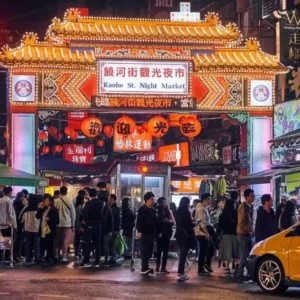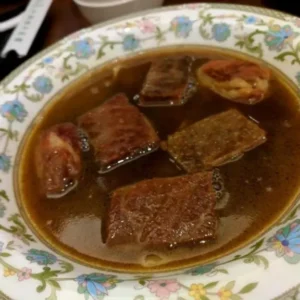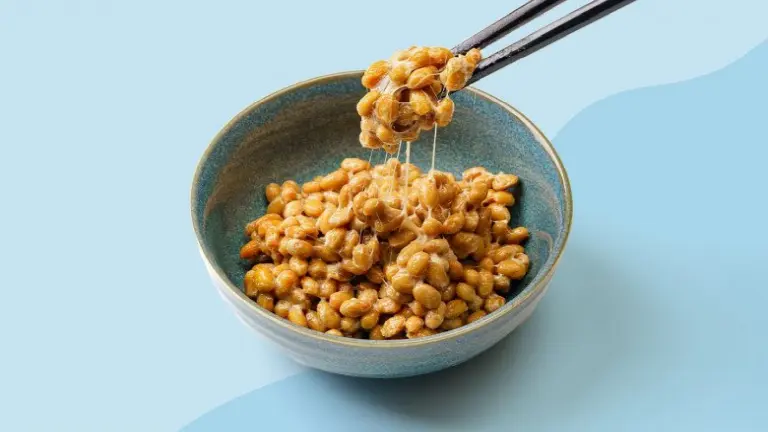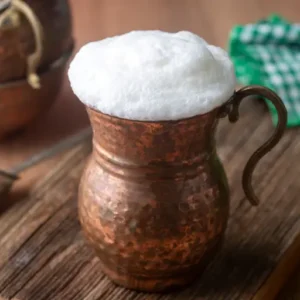Aquatic insect larvae living beneath muddy riverbeds are considered a traditional delicacy in Japan, and the older generations hope that the youth will preserve this long-standing culinary heritage.

This unusual dish is not widely eaten across Japan but is most closely associated with Nagano Prefecture, where elders encourage younger people to learn the skills of catching the larvae in order to keep this fading food tradition alive.
The larvae and dragonflies, commonly known as zazamushi, can only be harvested in the upper reaches of the Tenryu River near the city of Ina. Once collected, they are usually prepared as tsukudani, a well-known Japanese dish where various ingredients such as fish, clams, or seaweed are simmered in soy sauce, mirin (rice wine), sugar, and sake.
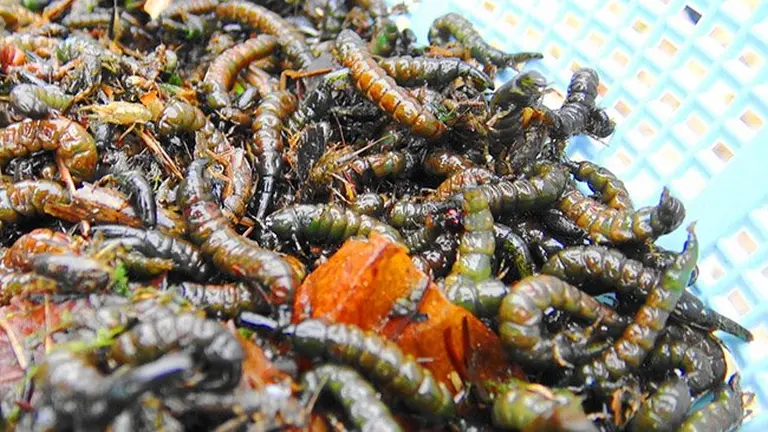
>> Japan and the dishes that look like they came straight out of a horror movie
Zazamushi is often eaten with plain white rice or even made into sushi. Its rich, savory flavor, combined with seasonings, makes it a surprisingly enjoyable dish.
The name “zazamushi” is said to come from the sound of the flowing river where these larvae have long been valued as a high-protein food source. In the past, harvesting aquatic larvae was a thriving tradition, but today it is gradually disappearing. To preserve the region’s history and culture, local authorities now organize festivals and competitions that encourage young people to try catching and eating the larvae.
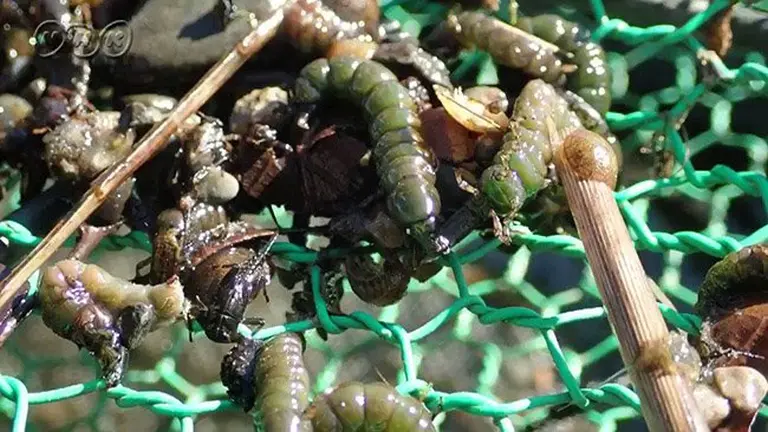
At the Tenryu River in late January, three fishermen demonstrated traditional techniques for catching larvae during an event held for local agricultural high school students.
Shoji Nakamura, a veteran larva hunter with over 50 years of experience, waded across shallow waters in sturdy boots. Cheers erupted from onlookers as the 78-year-old man skillfully used his net to scoop up the wriggling larvae.
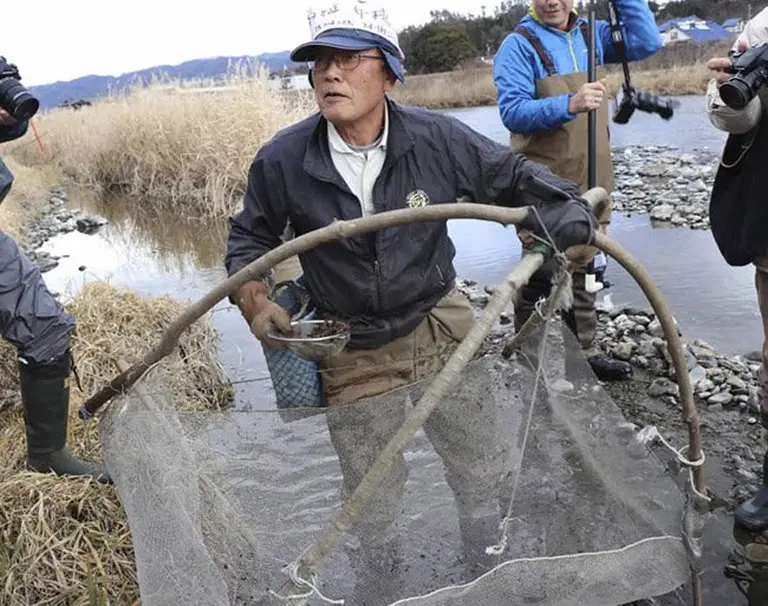
>> A food alley from the past hidden in bustling Tokyo
After observing and taking part in catching larvae, the students were invited to taste tsukudani. Taisei Imamura, an 18-year-old student, happily joined the activity and, after his first bite, exclaimed: “Delicious—it’s crunchy like shrimp!”
The best season for harvesting zazamushi is from December to February, when the larvae are at their fattest. Those who wish to participate in catching must obtain a special seasonal permit.
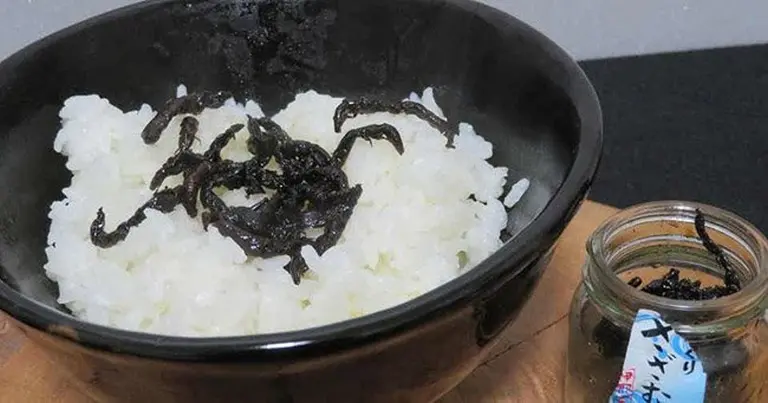
At its peak in 1994, 78 fishermen were licensed to harvest larvae, but today the number has dropped sharply. Only 10 remain, all between the ages of 69 and 85, still carrying on this rare tradition.
The people of Ina City take great pride in their heritage, though not everyone continues to practice it. Nowadays, local authorities actively promote zazamushi in Tokyo and other prefectures, hoping that more people will become interested in learning about this unique aspect of Japan’s cultural and culinary tradition.
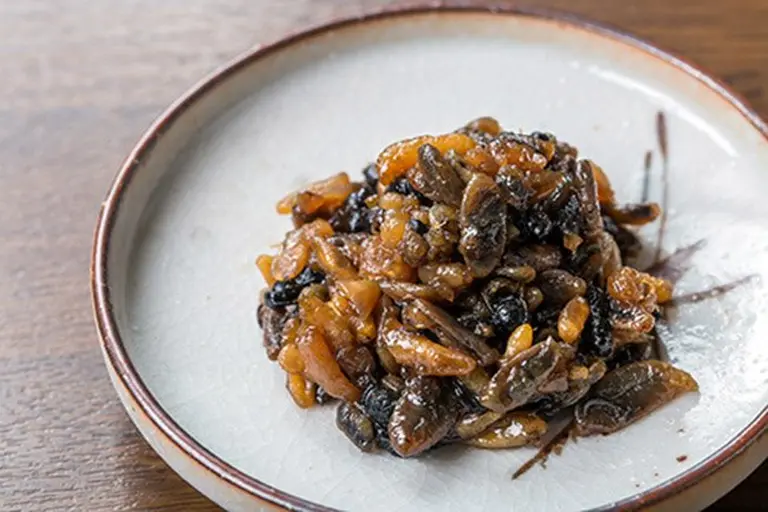
>> The ugly yet deadly fish that costs nearly $350 for a tiny piece
While the idea of eating insect larvae may seem unusual to many visitors, zazamushi remains an important symbol of tradition and local identity in Nagano. For those with a spirit of curiosity, learning about or even tasting this rare delicacy can offer a deeper glimpse into Japan’s diverse food culture. Whether you choose to try it or simply observe the tradition, the story of zazamushi reflects the unique ways communities preserve their heritage.

